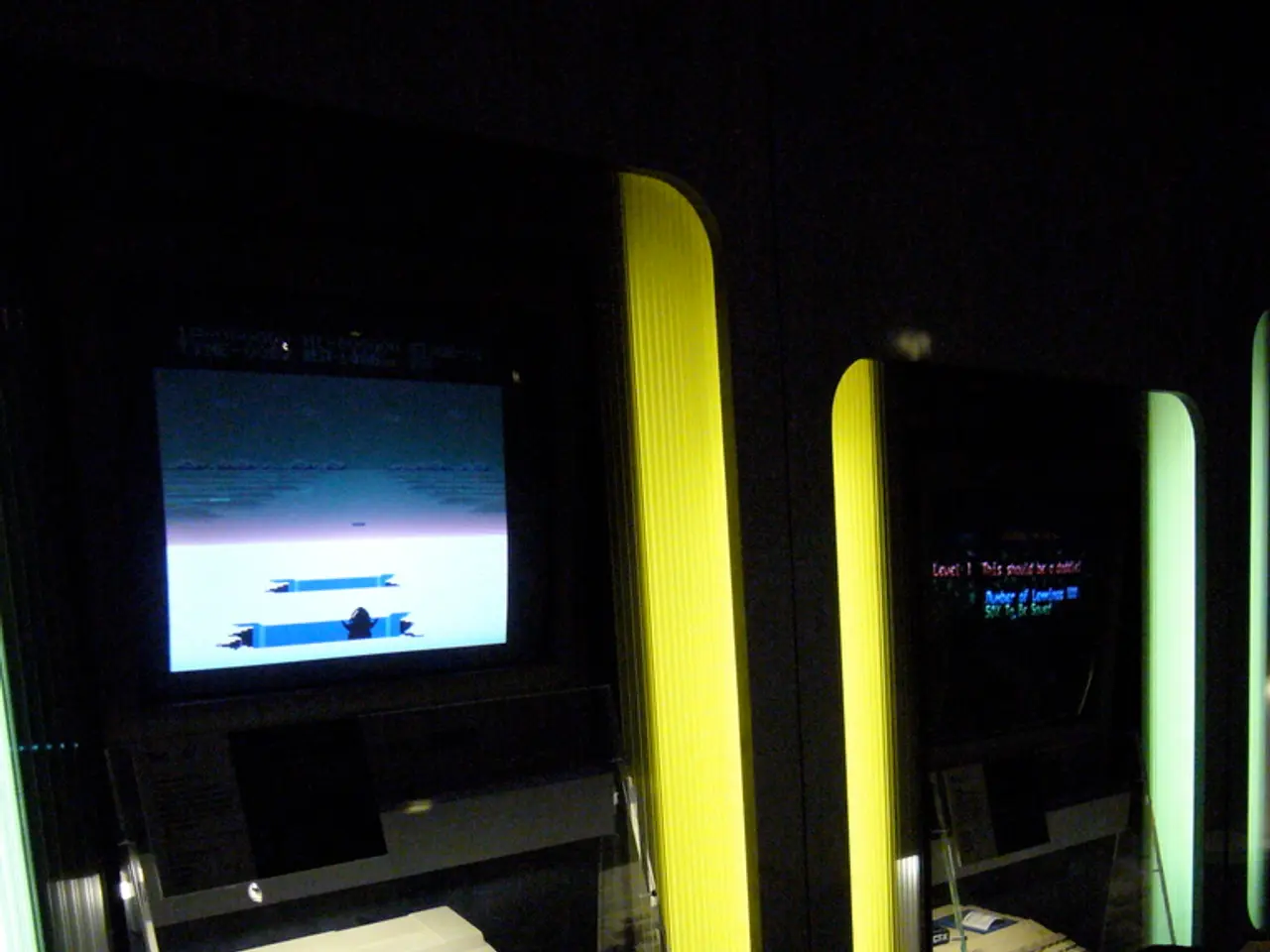Comparison of HDMI and DVI cables: An unadulterated guide on their differences
In the world of video connections, two names often come up: HDMI and DVI. While DVI has been around since the early 2000s, HDMI has become the more popular and versatile choice for modern setups.
Firstly, let's talk about prices. An HDMI cable can be purchased for around $5/£5, and a DVI cable for around $7/£7. However, HDMI is much more common and often cheaper than DVI, and is likely to be supported by most modern screens, laptops, TVs, monitors, games consoles, and other hardware. On the other hand, older monitors may only feature a DVI option.
One of the key differences between HDMI and DVI lies in their capabilities. HDMI can transfer audio signals, while DVI cannot. This makes HDMI ideal for integrated multimedia setups. Furthermore, HDMI offers 12-bit performance, allowing for more colours to be rendered natively, compared to DVI's 8-bit RGB colours.
In terms of practical relevance, DVI is still found on some desktop motherboards, discrete graphics cards, and monitors, particularly older or budget models. However, its use is shrinking due to limitations in resolution, lack of audio, and comparatively bulky connectors. HDMI, on the other hand, is the default and most convenient standard for modern systems, favored for multimedia-rich workflows.
The latest version of HDMI (2.1b) can support a maximum data rate of 48 Gbit/sec and video resolutions up to 10K. This is well beyond what DVI can offer, which has a maximum data rate of 9.9 Gbit/sec, so its maximum resolution and refresh rate is 3840x2400 at 30 Hz, or 2560x1600 at 60 Hz. HDMI can support up to 4K at 144 Hz natively, or 8K at 60 Hz natively or 120Hz if using Display Stream Compression.
As technology continues to advance, it's recommended to future-proof a setup by using a motherboard that hosts the option for USB-C as well as HDMI. DisplayPort and USB-C are starting to eat into HDMI's market share, but for now, HDMI remains the preferred connection standard for contemporary video editing, graphic design, and productivity systems.
In conclusion, while DVI still supports video at resolutions up to 2560x1600 at 60Hz, its lack of audio support and advanced features make it less relevant in modern workflows. HDMI, with its versatility, high-quality video and audio transmission, and advanced features, is the preferred choice for modern video editing, graphic design, and productivity systems.
- When it comes to graphic design, a creative layout often requires the use of diverse colors to bring the design to life.
- Many smart-home devices and gadgets rely on user interfaces (UI) and user experiences (UX) designed by artists who have a deep understanding of technology.
- Art and graphic design have overlapping spheres, as both fields involve the use of 3D models and photography to create visually appealing pieces.
- The world of graphic design is not limited to just screens; it similarly influences the layouts of printed materials like books and magazine spreads.
- Just as technology has impacted the field of graphic design, it has also revolutionized the art of photography, allowing artists to experiment with unique filters and editing effects while capturing their subject matter.
- In the realm of graphic design, photographers not only capture images but also utilize them as the foundation for their creative concepts.
- When creating a UI for a smart-home device, it's crucial that the design is both aesthetically pleasing and instinctive, ensuring a seamless experience for the end user.




